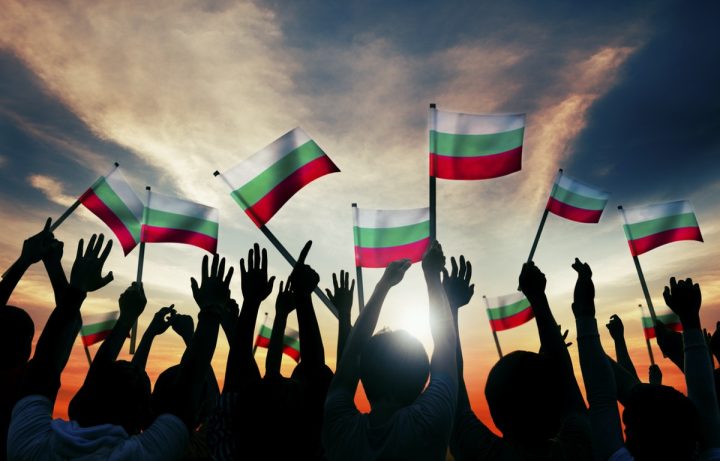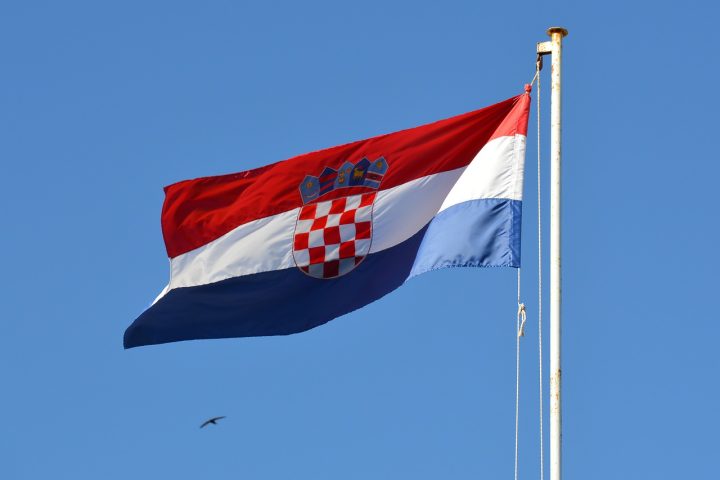European Ecommerce Overview: Slovenia
Written by
Kinga EdwardsPublished on

Slovenia is a Central European country. It borders Italy, Hungary, Croatia, and Austria. It has access to the Adriatic Sea, too. Slovenia is placed on the route of major European roads, making it an important point on Europe’s logistic map.
The GDP of this country in 2019 was US$53.74 billion. Its economy is continuously growing and provides citizens with a good standard of living. In this article, you will find some information about Slovenian ecommerce, what are consumers’ habits, and many more aspects of this market. We will start with a quick ecommerce overview.
Ecommerce overview in Slovenia
By the end of this year, revenue in Slovenian ecommerce is forecasted to hit US$504m. In five years, thanks to an annual growth rate at the level of 6.7%, the market volume may reach US$696m.
There are 1.1 million users of ecommerce in this country, which means that user penetration will be 50.8% by the end of this year, and by 2025 it may hit 56.9%.
The most significant segment in the Slovenian ecommerce market is Fashion. It generates 30% of the Slovenian ecommerce revenue. Then comes the Toys, Hobby & DIY sector with 26%. It is following by Electronics & Media with 23% of ecommerce revenue. The last two are Furniture & Appliances with 11% and Food & Personal Care, which generates 10% of ecommerce revenue.
source: https://ecommercedb.com/en/markets/si/all
When it comes to favorite ecommerce stores, they are not all Slovenian domain-based, but they are all Slovenian services or stores. The undeniable leader here is marketplace mimovrste.com, it had net sales in 2019 at the level of US$55m. The second place belongs to merkur.si, DIY store. The third place in this ranking is for bigbang.si, ecommerce with electronic appliances.
Slovenian consumer behavior
Did you know that Slovenia is the richest country of all the Balkans? This gives you as a provider room for a higher price. Western Europe clearly influences consumer behavior here, i.e., consumerism is a growing trend. Nevertheless, Slovenes choose well-known local products over unknown and foreign brands. Due to the increase in purchasing power, spending in the recreation sector has also increased.
The Slovenes have also become more and more demanding and conscious customers. Despite this, the sales and after-sales service are still far from perfection. It is worth noting that for these consumers, the price goes hand in hand with quality, and they are ready to pay more not only for necessities but also for jewelry and cosmetics. When it comes to ecommerce, Slovenes are ranked around 73rd in terms of the size of this market, which means it still has a lot of growth potential.
What about cross border shopping? Do Slovenes buy from abroad since they love local products? Yes, they do. Mostly from Germany. This country supplies Slovenia with US$ 5.01 billion in import products. Then come Italy with US$4.56 billion and Austria with a much lower score of US$2.67 billion. They are followed by China with US$1.75 billion and US$1.28 billion.
source: https://learning.eshopworld.com/ecommerce-blog/slovenia-ecommerce-insights/
Payment methods in Slovenia
Slovenes like to pay by prepaid card – as much as 63% of transactions are carried out this way. The second place with a significantly lower score belongs to mobiles – they cover 17% of the payment market. And then come credit cards (10%) and e-wallets with 9%.
Slovenian consumers love a pre-paid solution; that is why MINT is present on this market. It offers pre-paid payments in a secure and fast way. These cards allow consumers to pay for goods from all over the world.
Slovenia is also a member of SEPA (Single Euro Payments Area). It is a European agreement, thanks to which non-cash payments in the European Union are easier to handle. These payments are subject to uniform legal regulations, which will facilitate and streamlines payments between member countries. It also increases the security of such transactions.
source: https://www.paymentwall.com/pl/payment-methods/slovenia
Social media in Slovenia
In Slovenia, about 1.7 million online, which means the user penetration, in this case, is 81%. From these, about 1.1 million users are present in social media – it stands for more than half of Slovenia’s population. There is about a 7% increase in this segment.
source: https://datareportal.com/reports/digital-2020-slovenia
What is worth to mention, 96% of social media users use it via mobiles. The biggest ads reach among Slovenes has Facebook – you can get to 940 thousand users via this platform. The second place in this ranking belongs to Instagram – 510 thousand users advertisement reach. And the third one – Snapchat is still quite popular. It ensures even 367.5 thousand ads reach.
source: https://datareportal.com/reports/digital-2020-slovenia
Another important aspect is the consumers’ preference in the case of digital are devices. About 80% of web traffic is generated via Android devices, and there is an increasing trend here. Slovenes don’t use iOS devices very often – only 17.2% of web traffic is generated via such ones. And in this case, numbers are decreasing.
Slovenian logistics
As we mentioned earlier, Slovenia is a key country in European logistics. Therefore, the level of infrastructure and quality of services must be high. Slovenia has a highly skilled workforce, advanced IT systems, and a well-developed road infrastructure. The logistics sector employs around 29,400 employees in about 3,500 companies. This sector is great support for the economy. Below you can see the major corridors in Slovenian logistics.
source: https://www.investslovenia.org/industries/logistics-and-distribution
There are 700 km of well-maintained motorways and more than 1,000 km of trunk roads when it comes to numbers in Slovenian logistics. Freight is still developing, but it has reached a high level so far. The rail links the Adriatic Sea and the landlocked CEE countries, making it a crucial aspect of logistics in the EU.
There is also Ljubljana International Airport. It is placed 25 km from the capital city and handles passengers and cargo. But, there is also a Maribor Airport, which is mainly used for cargo handling.
To sum up
As you can see, Slovenia is a high-developed country which is crucial for the European transport sector. Citizens of this country have a strong purchasing power, and they are using it wisely. There is still room for more ecommerce stores, but you need to fit into consumers’ needs well because they choose supporting local brands over foreign ones.
If you want to read about Slovenia’s neighbors here, you can read about Austria, Croatia, and Hungary.


